| |
[Jan. 1st, 2019|05:24 pm] |
Porta Nigra (lat. Porta Nigra - "black gate") — the largest and most well-preserved Ancient Gates in the world.
Порта Нигра (лат. Porta Nigra — «чёрные ворота») — самые большие и наиболее хорошо сохранившиеся античные ворота во всём мире.
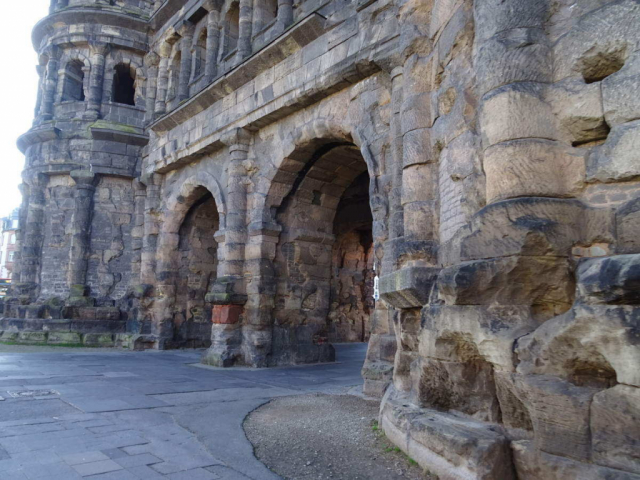
Trier, on the Moselle River, and Augusta Raurica just across the Rhine River from Germany in Switzerland, are two of the best-preserved and most important Roman cities, much more than provincial posts ("Ancient Rome’s German, Swiss legacy preserved")
Трир, на реке Мозель, и Августа Раурика по реке Рейн от Германии в Швейцарию, являются двумя из наиболее хорошо сохранившихся и наиболее важных римских городов, гораздо больше, чем провинциальные посты. ("Ancient Rome’s German, Swiss legacy preserved")
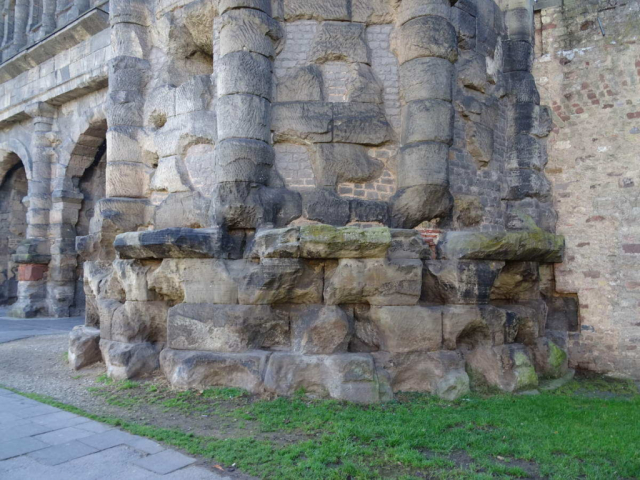
The city of Trier, located at 10km north-east of Luxembourg.
Город Трир, расположен в 10км к северо-востоку от Люксембурга.
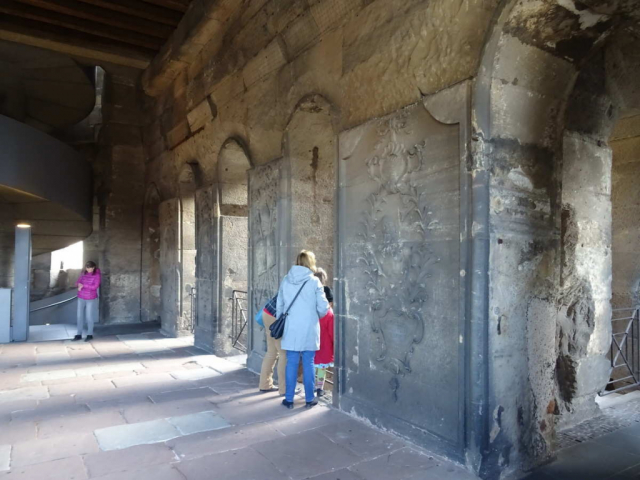
Римский Трир был заново изобретен почти с нуля в первой половине 19-го века, как раз в то время, когда Карл Маркс рос в его древних стенах. (Трир — это родина Карла Маркса).
Roman Trier was reinvented almost from scratch in the first half of the 19th century, at exactly the time when Karl Marx was growing up within its ancient walls. (Trier is the birthplace of Karl Marx).
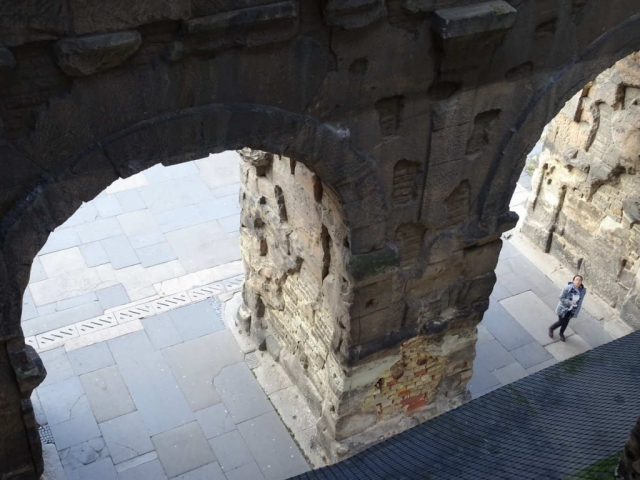
Today we often identify artifacts with the period when they were made. In more traditional cultures, however, such objects as pictures, effigies, and buildings were valued not as much for their chronological age as for their perceived links to the remote origins of religions, nations, monasteries, and families. As a result, Christopher Wood argues, premodern Germans tended not to distinguish between older buildings and their newer replacements, or between ancient icons and more recent forgeries.
Сегодня мы часто отождествляем артефакты с периодом, когда они были сделаны. Однако в более традиционных культурах, такие объекты как картины, изображения и здания, ценились не столько за их хронологический возраст, сколько за их предполагаемые связи с происхождением религий, наций, монастырей и семей. В результате, как утверждает Кристофер Вуд, немецкие тенденции премодерна не имели склонности определять различия между более старыми зданиями и их более новыми заменами, или же между древними иконами и более поздними подделками.
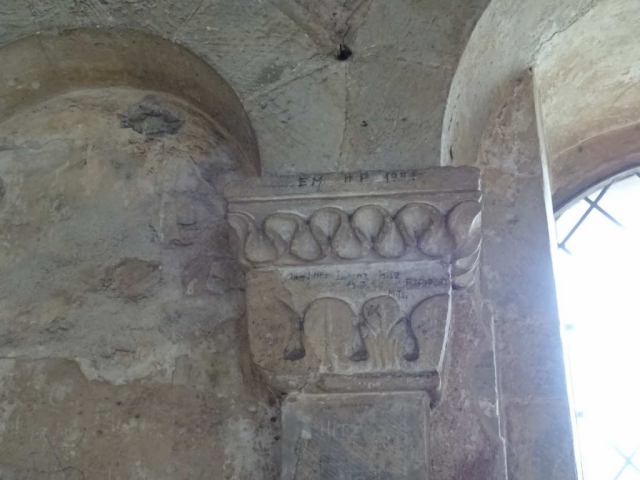
But Wood shows that over the course of the fifteenth and early sixteenth centuries, emerging replication technologies—such as woodcut, copper engraving, and movable type—altered the relationship between artifacts and time. Mechanization highlighted the artifice, materials, and individual authorship necessary to create an object, calling into question the replica’s ability to represent a history that was not its own. Meanwhile, print catalyzed the new discipline of archaeological scholarship, which began to draw sharp distinctions between true and false claims about the past. Ultimately, as forged replicas lost their value as historical evidence, they found a new identity as the intentionally fictional image-making we have come to understand as art.
Но Вуд показывает, что в течение пятнадцатого и начала шестнадцатого веков появляющиеся технологии репликации, такие как гравюра на дереве, гравировка на меди и подвижный шрифт, успешно изменяли связь между артефактами и временем. Механизация выдвинула на первый план выдумку, материалы и отдельное авторство, необходимые для создания объекта, ставя под сомнение способность реплики представлять общественную историю, которая не была его персональной. Между тем, печать стимулировала новую дисциплину археологической науки, которая стала проводить резкие различия между истинными и ложными утверждениями о прошлом. В конечном счете, поскольку поддельные копии потеряли свою ценность как историческое свидетельство, они нашли новую идентичность, как намеренно вымышленное создание изображений, которое мы стали понимать как искусство.
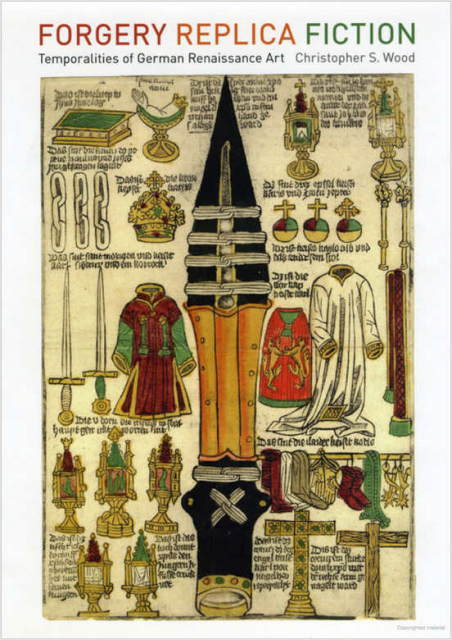
From The University Of Chicago press release.
Из пресс релиза Университета Чикаго.
ODD# I(e)/5,v;1Chs3185
#odd #allemagne #ancient #erisian #german #history #hoax #luxembourg #metaprogramming #marxism #revision #roman #swiss #timespace #science |
|
|